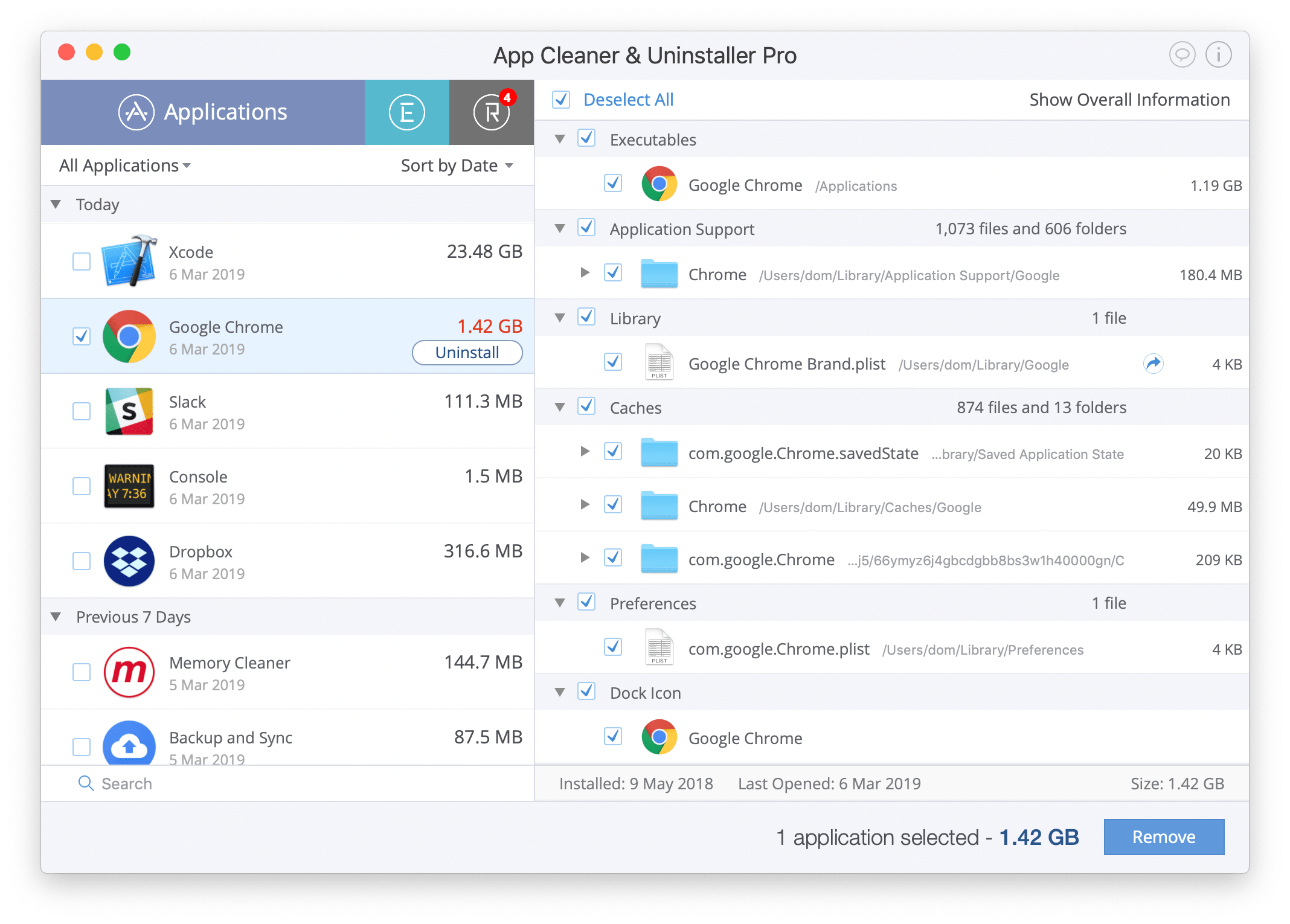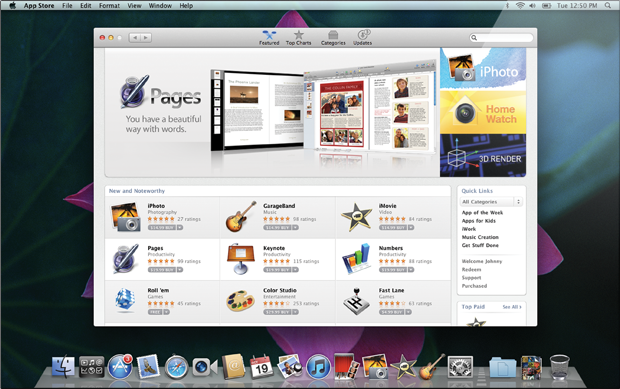Chrome Mac App Store
Check the Mac App Store item specifically; it should have a circular green light next to it if the App Store is online. A green circle means that service is operating normally. Apple adds notices or changes the color and shape of different lights to let you know when particular services aren’t working. Google Chrome for Mac has a laundry list of features, earning its spot as the top web browser of choice for both Mac and PC users. It offers thousands of extensions, available through the Chrome web store, providing Mac owners with even more functionality. Adobe Flash is also available when you install Chrome on your Mac. If an app on your Mac stops responding and you can't quit the app normally, use Force Quit to close the app. To quit (close) a Mac app normally, choose Quit from the app's menu in the menu bar, or press Command (⌘)-Q.
Install Chrome on Mac. Download the installation file.; Open the file called 'googlechrome.dmg'. In the window that opens, find Chrome.; Drag Chrome to the Applications folder.
Google Chrome is the most widely used web browser in the world. Users enjoy its fast loading speed, cross-device integration, and tabbed browsing. Google Chrome does not come installed as a standard on new Macs or PCs. Their native web browsers (Safari and Microsoft Edge, respectively) are automatically installed, forcing users to install Chrome themselves.
Seamless internet navigation
Chrome is an ideal browser to enjoy easy, coordinated online browsing across various devices.
Whether you have a new Mac or an older one, Google Chrome sets the bar high for web browsers. You want a browser that is safe, easy to use, syncs data and content across all your devices, and operates quickly. Google Chrome is the solution that over 63% of the world turns to and with good reason. Mac users have distinguished taste and as such, expect high quality in their hardware and software products. Google Chrome delivers this to Mac users with its low CPU usage, reliability, and overall browsing experience. It delivers a high-quality browsing experience to Mac users with its low CPU usage, reliability, tabbed browsing, cross-device syncing, and lighting fast loading speed.
Google Chrome for Mac has a laundry list of features, earning its spot as the top web browser of choice for both Mac and PC users. It offers thousands of extensions, available through the Chrome web store, providing Mac owners with even more functionality. Adobe Flash is also available when you install Chrome on your Mac. The overall appearance is professional and clean. Enjoy customized browser preferences including your homepage of choice, sync and Google services, Chrome name and picture, importing bookmarks and settings, autofill capabilities (passwords, payments, addresses, etc.), toolbars, font, page zoom, and startup settings. Chrome’s user interface is incredibly easy to navigate. Multi-tasking just got easier with tabbed browsing, which not only helps productivity, but looks clean and organized. Since Chrome can be downloaded on all of your devices (computers, phones, tablets), if you open a browser or perform a search on one device, Chrome will auto-sync that work stream on your other devices. If you look up a dinner recipe at work on your Mac but need the ingredient list at the grocery store? No problem - pull up the same tab within Chrome on your iPhone. Once you are home and ready to start cooking, just pull up the same Chrome recipe tab on your tablet. With the world moving faster than ever before, functionality like this can help make life a little easier.
Chrome’s password, contact information, and payment autofill capabilities are revolutionizing users’ online experience. Upon your consent, Chrome’s autofill feature will easily fill out your name, address, phone number, email address, passwords, and payment information. If it’s time to register your child for the soccer season but your wallet is downstairs, Google Chrome has your back, helping you easily fill in the data, so you can stay in your comfy chair. Chrome will only sync this data on your approved devices, so you can rest easy that your information is safe. CPU usage is immensely important when choosing a web browser. Keep your Mac’s CPU free by browsing with Google Chrome, maximizing overall system performance. Chrome for Mac is currently available in 47 languages. It can only be installed on Intel Macs, currently limiting its userbase. Mac users can manage how their browsing history is used to personalize search, ads, and more by navigating to their 'Sync Settings' within Chrome. Encryption options, auto-completion of searches and URLs, similar page suggestions, safe browsing, and enhanced spell check are also available within the settings tab, helping users feel more in control of their browsing experience. Users also have the option to 'help improve Chrome' by automatically sending usage statistics, crash reports, visited URLs, and system information to Google, or can easily opt out within Chrome’s settings.
Where can you run this program?
Google Chrome is available on MacOS X Yosemite 10.10 or later, Windows 7 or later, Android, and iOS devices. Chrome may successfully install on devices with lesser system requirements; however, Google only provides support on a system meeting the minimum system requirements.
Is there a better alternative?
For Mac users, Safari is the standard out-of-the-box browser installed on new devices. Most users prefer a web browser with better functionality than Safari. Chrome is harder on a Mac’s battery life than Apple’s native Safari browser. However, Chrome comes out ahead of Safari in terms of browsing speed, extensions, and video loading capabilities. Safari does have many of Chrome’s features such as tab syncing across devices and auto-filling based on previous searches. Mozilla Firefox is another commonly used web browser among Mac users, though its memory usage knocks it down on the list of competitors. The main draw to Mozilla Firefox over Chrome is that because Firefox is open source, nothing fishy is going on behind the scenes. Google is notorious for capturing and using data which rightfully makes people uncomfortable.
Google Chrome For Mac App Store

Our take
Mac users tend to do things their own way. You’ve opted for the non-mainstream computer hardware, so using the native installed Safari browser seems in character. Safari’s minimalist look draws Mac users in as well. Google Chrome is much more 'going along with the crowd'. Putting that aside, Mac owners should dig into what they really use their web browsers for, and determine if data privacy or features is more important to them. Better yet, why not have two browsers?

Should you download it?
Yes. For Mac users, Google Chrome’s quick speed and helpful features makes it an excellent web browser choice. Google’s controversial collection of personal and usage data is sure to make some pause on whether to install Chrome or not. However, if you are comfortable or indifferent to Google’s data collection, go for it; the browser's overall functionality is impressive.
75.0.3770.100

Now that the dust has settled on Apple’s acquisition of Fleetsmith, I want to discuss their removal of the Fleetsmith app store and why I think Apple should bring it back in a different way (as a Mac App Library), even as a possible API for third party device management systems to tie into as well.
About Apple @ Work: Bradley Chambers has been managing an enterprise IT network since 2009. Through his experience deploying and managing firewalls, switches, a mobile device management system, enterprise grade Wi-Fi, 100s of Macs, and 100s of iPads, Bradley will highlight ways in which Apple IT managers deploy Apple devices, build networks to support them, train users, stories from the trenches of IT management, and ways Apple could improve its products for IT departments.
Through Apple School/Business Manager, Apple allows IT departments to purchase and install apps through the Mac and iOS App Stores and then wirelessly load them on all of their devices. On the iOS side, the feature does all one would want since all of the apps have to come through the iOS App Store. However, there aren’t many apps that I’d be deploying that are available through the macOS App Store on the Mac. The main “business” application loaded on a lot of company Macs is Microsoft 365, but then apps like Zoom, Chrome, Adobe Creative Cloud, and others must be installed using a .PKG file through a particular MDM vendor. Depending on the program, it can be quite cumbersome to get it loaded correctly, and then you must update the .PKG file whenever an updated version is released.
Chrome On Mac App Store


Google Chrome Mac App Store
I understand why Apple killed off the Fleetsmith app store. I’m not too fond of the decision, but I get it. Fleetsmith had created an app store full of programs it didn’t have a license to distribute. No one complained when a start-up MDM vendor had done this, but other companies would have likely complained to Apple if they’d kept it running it post-acquisition. It was a lose-lose situation all around, and ultimately, IT departments who were using Fleetsmith got the short end of the stick.
What I’d like to see Apple do in the future is to create a ’Mac App Library database where companies like Adobe, Google, Zoom, and others can upload their apps to Apple without needing to be sandboxed or reviewed, and they’d be available within either Fleetsmith or possibly within a library that other MDM vendors could tie into as well. It would be a win for Apple because it would make it even easier to deploy more Mac apps. It would be a win for the companies behind these apps because they’d have an easier time getting installed on their customers’ machines, and it would be a win for IT departments because their non-App Store Mac apps would be a one-click installation.
There is certainly a lot to iron out on how it would work, but I think Apple should pursue top-rated apps that will not ever be in the Mac App Store. What do you think? If you manage Macs at work, would you like Apple to work with popular enterprise apps to create a “Mac App Library”?
Photo by Domenico Loia on Unsplash
FTC: We use income earning auto affiliate links.More.
